 Abraham Lincoln
If given the truth, the people can be depended upon to meet any national crisis...
Abraham Lincoln
If given the truth, the people can be depended upon to meet any national crisis...
 Guildford news...
for Guildford people, brought to you by Guildford reporters - Guildford's own news service
Guildford news...
for Guildford people, brought to you by Guildford reporters - Guildford's own news service
Birdwatcher’s Diary No.63
Published on: 9 Jun, 2014
Updated on: 9 Jun, 2014
By Malcolm Fincham
On a very wet bank holiday Monday, May 25, I got a call from Dougal, a top local birdwatching friend and enthusiast, about some rare and unusual ‘happenings’ in Sussex. He invited me to visit the newest of the RSPB reserves at Medmerry near Bracklesham Bay.
Click to view a video of the work in progress.
Although weather conditions were far from ideal, with rain continuing to fall at varying rates on our arrival, the reserve looked to have a promising potential with varying habitat.
Four or five yellowhammers could be observed feeding on the ground just a few feet away as we walked up a driveway by a field with what looked to be young maize plants.
The distant sound of a cuckoo could be heard as we continued the walk and even a skylark made an attempt of brightening the rain-filled sky with its delightful song.
Dougal even picked out a pair of distant corn buntings sitting up in a hedgerow just beyond the first lagoon (a bird rarely seen in our Surrey countryside these days) with their call reminiscent of a bunch of jangling keys. I managed to get a record of one with my lesser bridge camera.
On the lagoon, a couple of pairs of avocet could be seen with one sitting proudly on its nest.
By the time we got to the furthest lagoon several avocets could been seen in flight and by then the temptation to risk my camera in the rain became too great as I just had to get a few record shots.
Although the reserve seemed far from mature with little growing around the edges, it was obviously ideal for a number of both ringed and little ringed plovers also nesting there.
The main attraction of the show was most certainly the surprise arrival in the last few weeks of the pair of black-winged stilts that we had come to specifically view.
Normally a rare visitor to our shores, but as many as four pairs have recently arrived in the UK. This pair are now taking it in turn to brood a clutch of eggs.
In the hope of it becoming a success story as the avocets have been for the RSPB, they have set up 24-hour watch on the nest in the hope that the eggs are not stolen. Yes, egg collectors do still exist.
The avocets are in turn protecting their own young and chasing away the predatory crows and gulls (known as predator swamping) that also seems to be giving good protection for the stilts and plovers.
On top of it all with recent rain and water levels rising close to the nest site, an industrial pump has also been installed in the hope to reduce the water to aid their survival. For more details click here.
My second trip out was on something commonly known as a ‘twitch’. Although going out of my way to see a few rarities in the past including green heron, brown shrike and palid harrier, It was my first on the spur of the moment trip out since I have been writing these reports (apart from the red back shrike on Pewley Down about this time last year).
So it was on May 30 at about 8.30pm I got another call from Douglal about a rare sighting to the UK of a North American Bonaparte’s gull that had been spotted at Staines Reservoir, just a few hours earlier. With an hour of light still remaining there was still time to see it!
It was indeed still there on our arrival and my only misfortune was that although we got good views of it out on the water through a telescope, the light had faded too much for me to get a photo. Click here for details about the gull.
My thoughts of returning to get a picture were dashed as it had flown by 5.30am the following morning.
Moving into June the weather began to improve and with the turn of a new month it was my best opportunity to check out an undisclosed location on some private land in the heart of the Surrey Hills. Here I had the opportunity to see and get some distant photos of a pair of peregrines that have taken up residence there to breed.
There was a healthy looking brood of four fledglings already ringed with red tags fitted by a local licensed ringer for their future identification And with them almost ready to fledge the nest site, things are looking promising for their survival.
These birds are top predators and the world’s fastest creature, capable of diving at speeds of 200mph and beyond. Unfortunately being such top predators they have been highly persecuted over the years by the likes of game keepers, egg collectors and the illegal trade of falcons.
They are the most widely distributed of our birds, peregrines breed in areas from the Arctic tundra to the Tropics, but have been in serious decline worldwide.
Peregrines are now a highly protected species (along with other birds of prey) and to use a quote issued by the RSPB: ”The peregrine is afforded the highest degree of legal protection under Schedule 1 of the Wildlife and Countryside Act 1981.’
”It is an offence to intentionally take, injure or kill a peregrine or to take, damage or destroy its nest, eggs or young. It is also an offence to intentionally or recklessly disturb the birds close to their nest during the breeding season. Violation of the law can attract fines up to £5,000 per offence and/or a prison sentence of up to six months.”
For more information about peregrines and their protection click here, and also here.
Although these particular birds are well monitored and will have probably fledged by the time this report is published, I feel it my personal duty not disclose the location.
Watching these magnificent birds of prey from a distance, I found myself gaining a great affection for them. I was fascinated by their interaction with each other and couldn’t resist making the most of the sunshine and such a good zoom on just a bridge camera to get what I feel are some rather pleasing images and even a few short video clips that I have uploaded on to You Tube. View here and here.
After a stormy night of thunder and lightening on June 7 the morning skies continued to look ominous around Guildford. However, by the afternoon things began to brighten up allowing me a delightful evening stroll around my local patch at Stoke Reserve.
My first significant sighting were three little egrets on the flooded scrape near to Stoke Lock. A bird not usually seen in such number there, especially at this time of year.
On the other side of the river by the sewage works lots of young starlings were also gathering.
Looking across Stoke Lake in the direction of the great crested grebe nest, I could see the adults now had at least two chicks.
A mute swan flew across in front of me allowing a photo opportunity.
Reed warblers could be heard singing in the evening sunshine with one even showing itself long enough for a photo.
Walking back along the boardwalk as the sun sank low in the sky, a few sedge warblers could be heard, while a male reed bunting sat up proud in a sallow close by calling out his phrases, and in turn calling my day to a close.
Recent Articles
- Guildford Institute’s Crowdfunding Project for Accessible Toilet in its New Community and Wellbeing Centre
- Letter: Guildford – Another Opportunity Missed?
- Letter: GBC’s Corporate Strategy – Where Is the Ambition?
- My Memories of John Mayall at a Ground-breaking Gig in Guildford Nearly Six Decades Ago
- Westborough HMO Plans ‘Losing the Heart of the Street’ Says Resident
- College Invests to Boost Surrey’s Economy and Close Digital Skills Gap
- Community Lottery Brings Big Wins for Local Charities
- GBC Housing Plan Promises ‘A Vibrant Urban Neighbourhood’ Near Town Centre
- Hospital Pillows ‘Shortage’ at the Royal Surrey
- Updated: Caravans Set Up Camp at Ash Manor School


Search in Site
Media Gallery
Dragon Interview: Local Artist Leaves Her Mark At One of England’s Most Historic Buildings
January 21, 2023 / No Comment / Read MoreDragon Interview: Lib Dem Planning Chair: ‘Current Policy Doesn’t Work for Local People’
January 19, 2023 / No Comment / Read MoreA3 Tunnel in Guildford ‘Necessary’ for New Homes, Says Guildford’s MP
January 10, 2023 / No Comment / Read More‘Madness’ for London Road Scheme to Go Ahead Against ‘Huge Opposition’, Says SCC Leader
January 6, 2023 / No Comment / Read MoreCouncillor’s Son Starts Campaign for More Consultation on North Street Plan
December 30, 2022 / No Comment / Read MoreCounty Council Climbs Down Over London Road Works – Further ‘Engagement’ Period Announced
December 14, 2022 / No Comment / Read MoreDragon Interview: GBC Reaction to the Government’s Expected Decision to Relax Housing Targets
December 7, 2022 / No Comment / Read MoreHow Can Our Town Centre Businesses Recover? Watch the Shop Front Debate
May 18, 2020 / No Comment / Read More



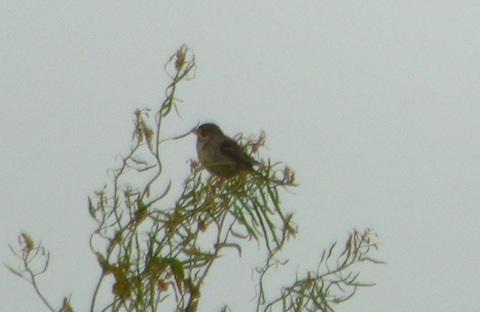
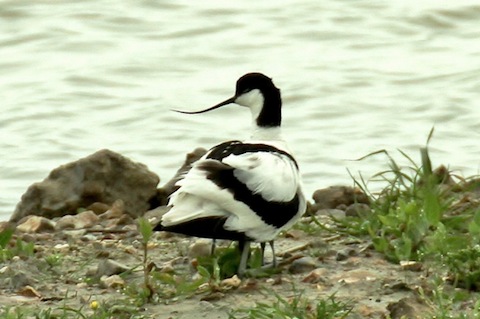
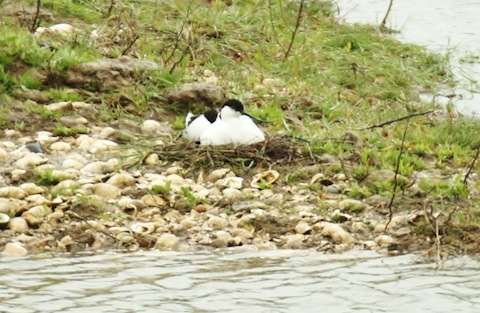
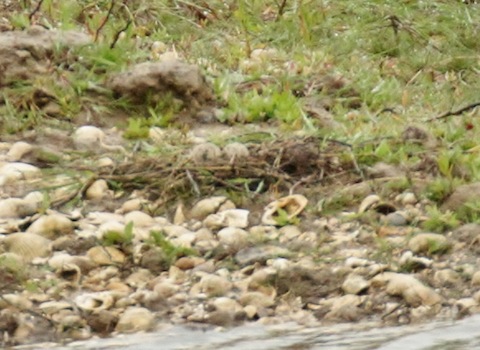
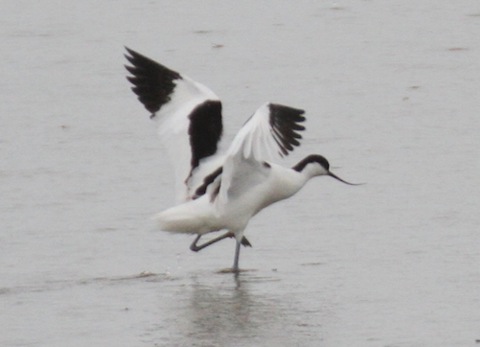
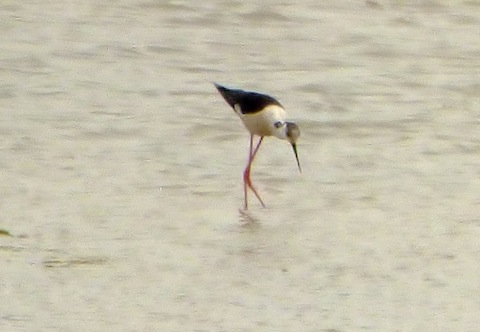
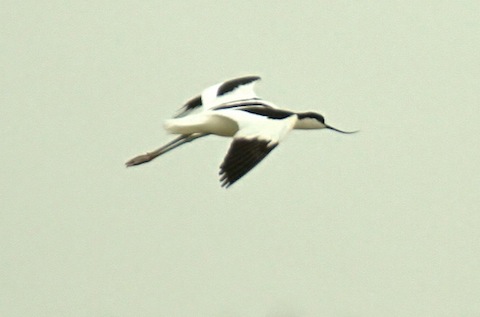
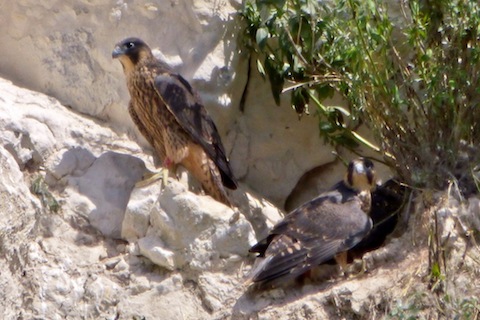
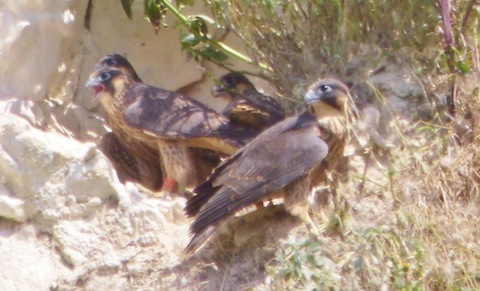
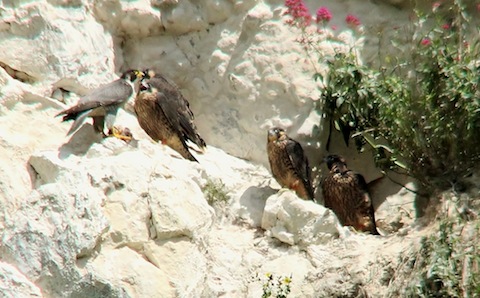
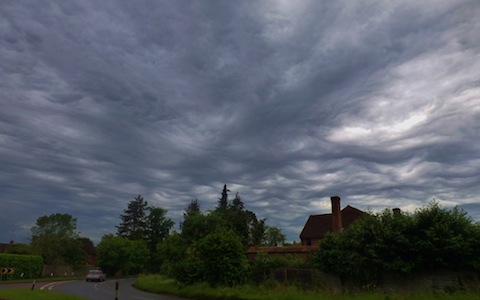

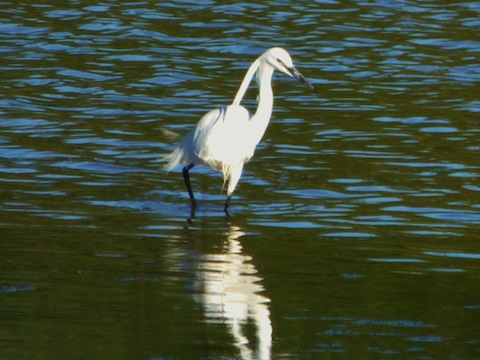
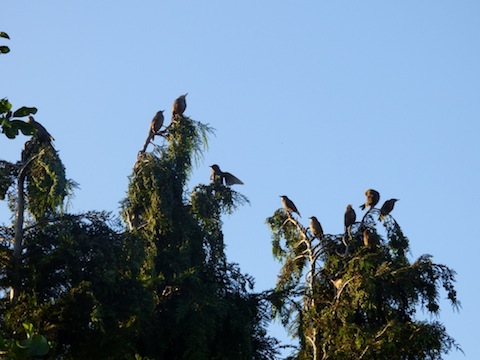
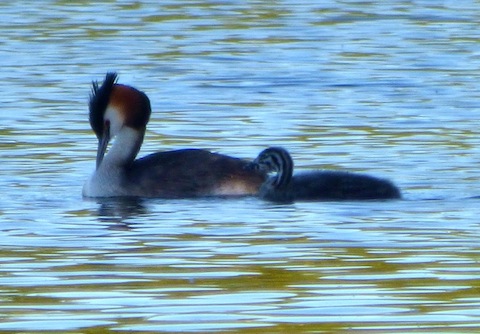
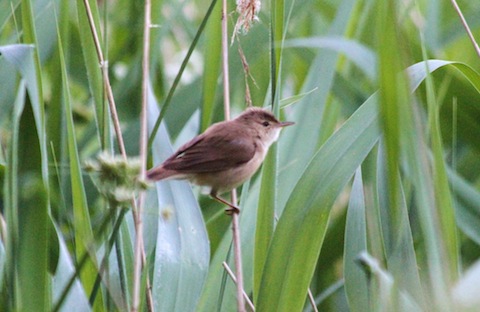
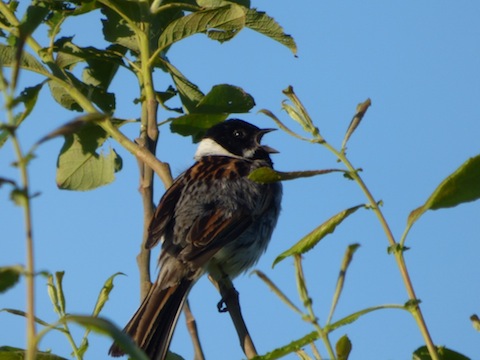






Recent Comments